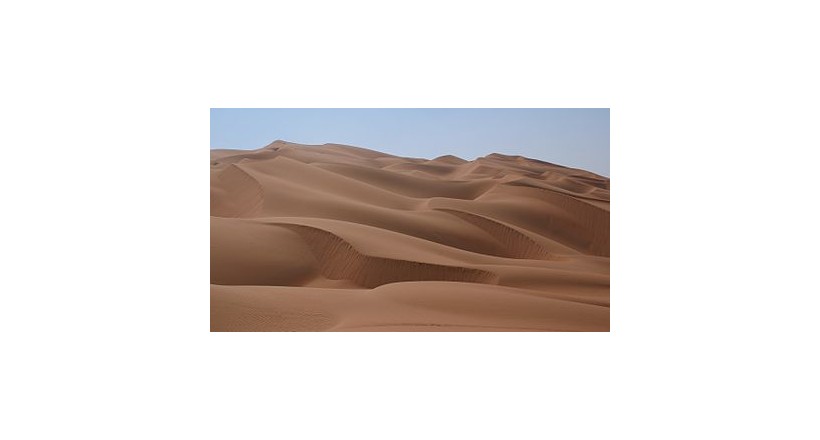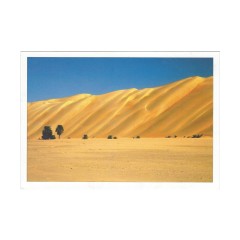The desert is an arid region where there is very little rain, so the weather conditions are hostile to plant and animal life. The lack of vegetation in the desert exposes its surface to erosion . Around one third of the world's land surface is arid or semi-arid. This includes many polar regions where rainfall is low, and these polar regions are called " polar deserts ." Deserts are classified according to the amount of rainfall that falls, the temperature that prevails, the causes of desertification or geographical location.
Deserts are formed by atmospheric factors as large temperature differences between day and night lead to rock breaking into pieces. In spite of the scarcity of rain, heavy rains were challenged on rare occasions leading to flash floods. Rain falling on hot rocks can break down and erode into fragments scattered on the ground, and these fragments are further fragmented by the wind. The wind takes fragmented sand particles into sand or dust storms. Solid surfaces in the environment are scraped by sand grains. The rocks are smooth and the wind converts sand grains into homogeneous shapes, paving them as layers on the ground or stacking them into sand dunes. In other deserts, the surface is flat and free of sand and consists of a smooth rock layer, these areas are known as desert pavements (desert pavements), and may exist in some deserts rocky outcrops, and there are sometimes rocks strange shapes as a result of carving the wind that hit it to be in the form of mushrooms or Other things.
Temporary lakes can form in the desert and then dry completely or turn into marshes. Groundwater sources may exist in the desert in the form of springs or springs from aquifers. The oases consist of them.





